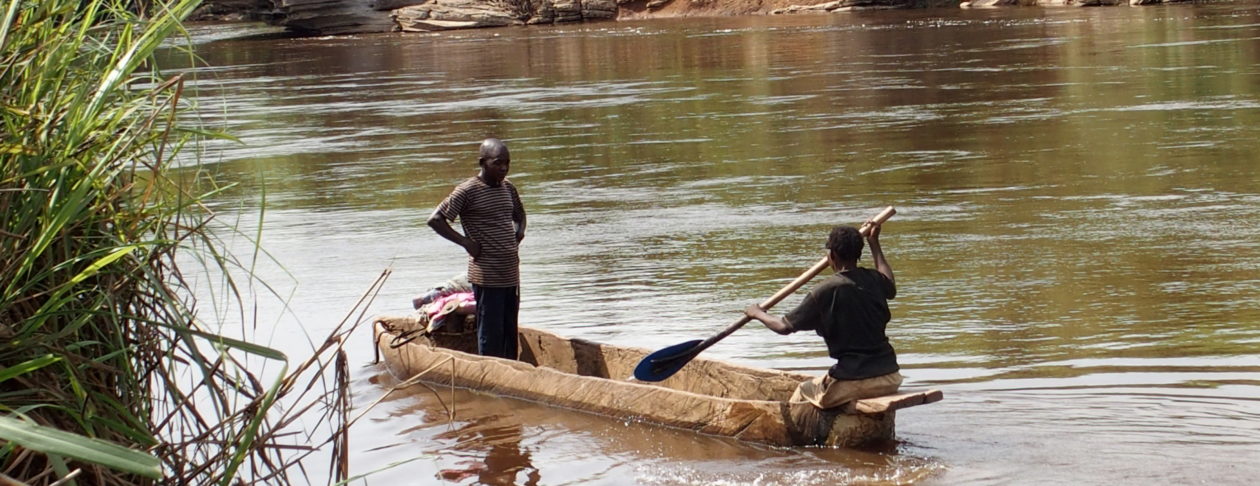….
….
Climate scientists and alarmists have prophesied the planet’s imminent demise nearly every year now dating back to at least the end of the Second World War.
“We don’t have 12 years to save the climate. We have 14 months,” the now-defunct ThinkProgress predicted 43 months ago.
Former French prime minister Laurent Fabius warned 3,239 days ago that the international community had only “500 days to avoid climate chaos.”
Earlier, in 2009, Gordon Brown, the U.K.’s prime minister at the time, said we had “fewer than fifty days to save our planet from catastrophe.”
Also in 2009, former vice president Al Gore declared that “there is a 75% chance that the entire north polar ice cap, during some of the summer months, could be completely ice-free within the next five to seven years.”
In 2013, mid-melt, the Guardian ran the following headline: “US Navy predicts summer ice-free Arctic by 2016.”
The ice is still there.
“NASA Scientist: We’re Toast,” reads the headline of an Associated Press report from 2008.
In 2007, the IPCC predicted the Himalayan glaciers would disappear by 2035. The U.N.’s chief climate science body retracted the claim in 2010, explaining the prediction wasn’t based on any peer-reviewed data, but on a media interview with a scientist conducted in 1999.
In 2006, Gore claimed that unless world leaders took “drastic measures” to reduce greenhouse-gas emissions, Earth would surpass the “point of no return” in ten years — a “true planetary emergency,” he called it.
The year 2016 came and went, and now we’re being told the early 2030s are the real point of no return.
The Guardian, citing a “secret report,” warned in 2004 that “major European cities will be sunk beneath rising seas as Britain is plunged into a ‘Siberian’ climate by 2020.”
The year 2022 was the U.K.’s warmest since they started keeping records in 1884. The heat was, of course, blamed on climate change.
